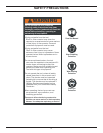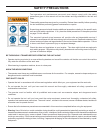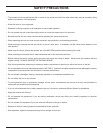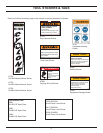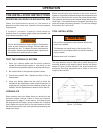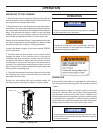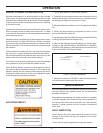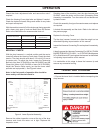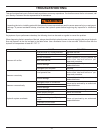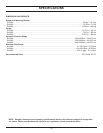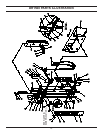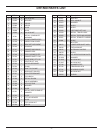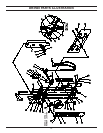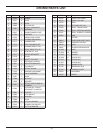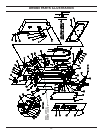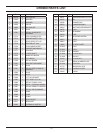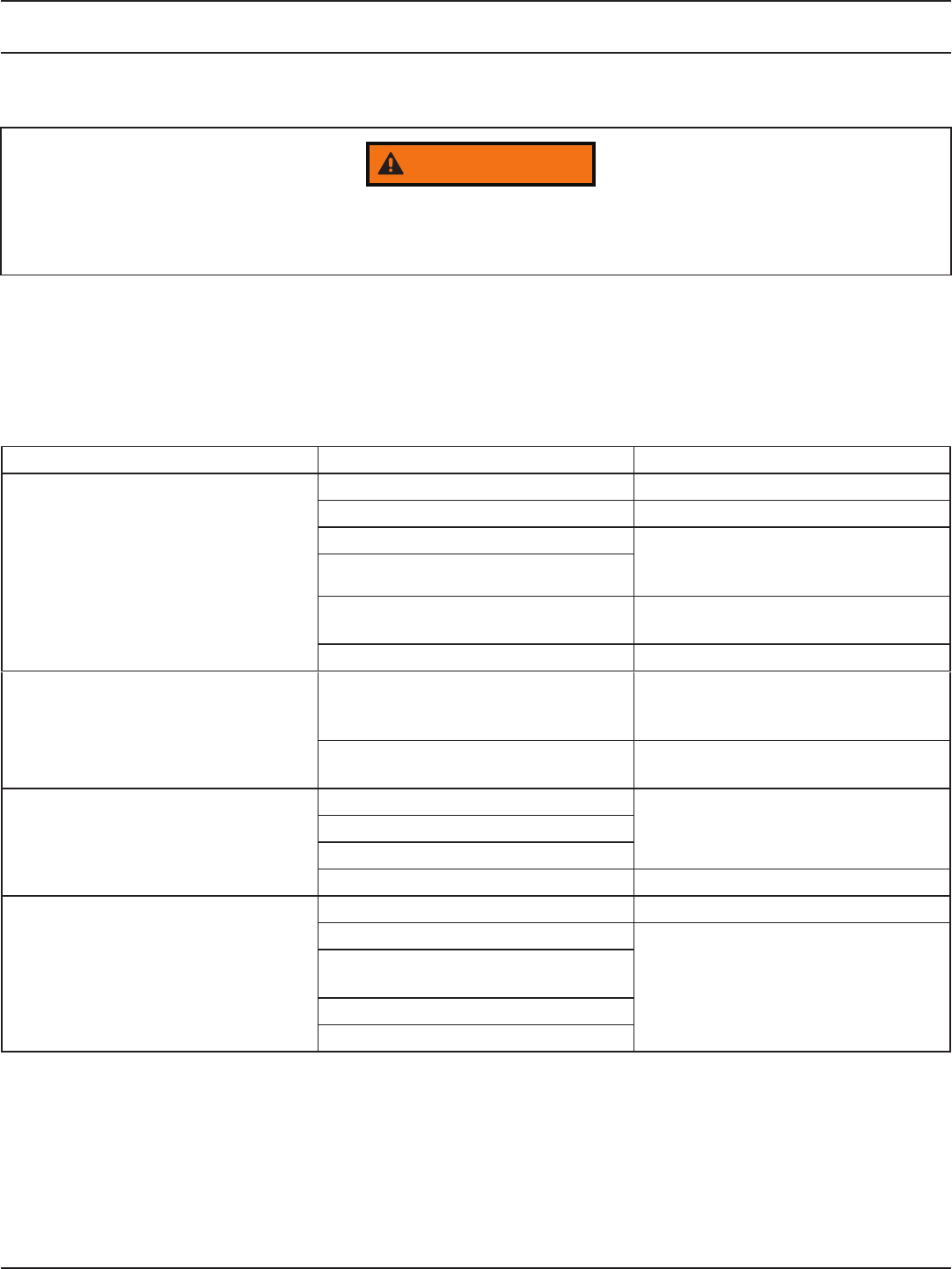
14
This section describes how to nd and resolve problems users may experience. If a situation occurs that is not covered, call
your Stanley Customer Service representative for assistance.
Inspecting the tool or installing parts with the hydraulic hoses connected can result in severe personal injury or equipment
damage. To prevent accidental startup, disconnect the hydraulic power before beginning any inspection or installation
task.
If symptoms of poor performance develop, the following chart can be used as a guide to correct the problem.
When diagnosing faults in operation of the tool, always check that the hydraulic power source is supplying the correct hydraulic
ow and pressure to the tool as listed in the table below. Use a owmeter known to be accurate. Check the ow with the
hydraulic oil temperature at least 80° F/27° C.
TROUBLESHOOTING
PROBLEM CAUSE SOLUTION
Hammer will not re.
Hydraulic ow is in wrong direction. Reverse the ow.
Low hydraulic oil level. Fill reservoir.
No ow to breaker. Have hydraulic circuit tested by
authorized dealer/distributor per
approved procedure.
Main relief set low.
Internal damage.
Have unit serviced by an authorized
dealer/distributor.
Damaged quick couplers. Replace.
Hammer runs slowly.
Low hydraulic ow
Have hydraulic circuit tested by an
authorized dealer/distributor per
approved procedure.
Internal leakage.
Have unit serviced by an authorized
dealer/distributor.
Hammer runs erratically.
Damaged switch or connection.
Have carrier serviced by an authorized
dealer/distributor.
Relief set too low.
Internal damage.
Hammer binding. Clean hammer in housing.
Hydraulic system overheats.
Chain tension too tight Have unit serviced.
Main relief set low.
Have unit serviced by an authorized
dealer/distributor.
Insufcient cooling capability in hydraulic
circuit.
Line/hose size too small.
Excessive back-pressure.
WARNING



